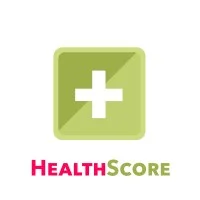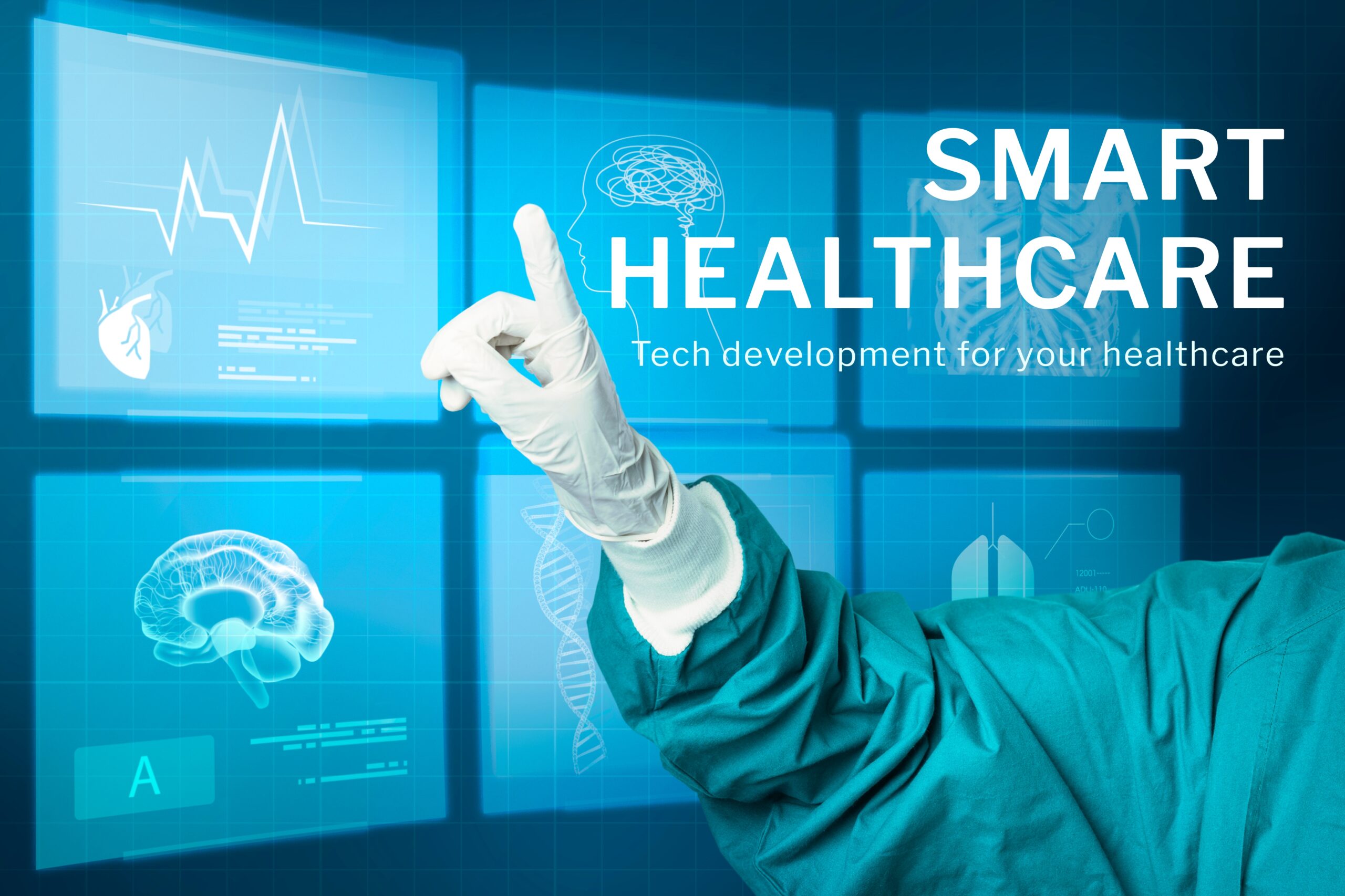What is a general hospital?
A general hospital is a healthcare facility that provides a wide range of medical services to patients of all ages and with various medical conditions. General hospitals typically have departments or units for medical, surgical, and emergency services, as well as for diagnostic and therapeutic procedures.
General hospitals offer a broad range of services including routine medical care, such as annual checkups and preventive care, as well as treatment for acute and chronic conditions, such as infections, injuries, and chronic diseases. They also offer specialized care in areas such as cardiology, neurology, oncology, pediatrics, and obstetrics.
In addition to medical services, general hospitals may also offer support services such as laboratory testing, imaging services, rehabilitation services, and social services. They are staffed by a variety of healthcare professionals, including physicians, nurses, therapists, and other specialized healthcare providers.
General hospitals are typically larger and more comprehensive than other types of healthcare facilities, such as clinics or urgent care centers. They are designed to provide a wide range of services and treatments in one location, making them convenient for patients who need multiple types of care.
What is rehabilitation?
Rehabilitation refers to the process of restoring an individual’s physical, mental, or social capabilities that have been lost or impaired due to injury, illness, or addiction. It is an approach to healthcare that aims to help people regain independence, improve their quality of life, and achieve their full potential.
Rehabilitation can involve various interventions, such as physical therapy, occupational therapy, speech therapy, psychological counseling, vocational training, and social support. The specific approach depends on the nature and severity of the individual’s condition.
Rehabilitation can be applied to a wide range of conditions, including musculoskeletal injuries, stroke, traumatic brain injury, spinal cord injury, amputation, chronic pain, mental illness, and substance abuse. The ultimate goal of rehabilitation is to help people regain as much function and independence as possible and to improve their overall well-being.
In contrast to a general hospital where departments may work independently, rehabilitation setups require collaboration between departments to help patients regain independence. The software used in rehabilitation must support this collaborative approach, with features that differ from a general EMR created for hospitals.

Holistic Treatment Plans and Collaboration in Rehabilitation Software
A key differentiator of rehabilitation software is the ability to capture and view a holistic treatment plan for patients across departments. A holistic treatment plan is a comprehensive and integrated approach to healthcare that takes into account the physical, mental, dietary, emotional, and social aspects of a patient’s well-being. The plan is created with a holistic approach to the patient’s treatment, taking into consideration their physical, mental, emotional, and social well-being, rather than treating each aspect in isolation within individual medical departments.
Rehabilitation-specific software should allow for the viewing of the treatment plan across all departments in one place, while restricting editing permissions to only the authorized staff in each respective department. This approach ensures that there is no overlap or conflict between the different departments’ treatment plans for a patient. Additionally, it ensures that no unauthorized personnel override another department’s plan unintentionally, maintaining the integrity and accuracy of the patient’s treatment plan.
Extended Stay and Progress Monitoring in Rehabilitation Treatment
One of the key differences between rehabilitation treatment and treatment received at a general hospital is the length of time spent in care. While hospitals typically have an average length of stay of 2 to 3 days, rehabilitation treatments often require significantly longer stays, with an average duration of 3 to 6 months, and sometimes even longer.
Maintaining accurate and detailed patient records is critical for monitoring recovery progress during an extended stay. Additionally, providing a baseline of expected progress among a similar demographic cohort of recovered patients, alongside actual progress, can boost the confidence of the patient and their family.
“The rehabilitation software should allow for recording custom initial assessments, and enable viewing of progress trends over time across various assessed parameters.”
Automated Billing in Rehabilitation Software for Long Term Stays
Rehabilitation treatment may take weeks or even months to fully recover, depending on the severity of the illness. Unlike general hospitals, rehab organizations cannot wait until the discharge date to access funds and generate bills. An ideal rehab software should have automated billing capabilities for custom items, such as room rent, which remains constant for patients staying in the same room for an extended period. The software should automatically add the charge for each night the patient stays. This will reduce the staff burden of ensuring the repeated services are billed accurately without fail. Additionally, it will enable the finance and management team to access an up-to-date and precise view of the accounts receivable at any given moment.
Enhancing Patient-Family Communication and Transparency using Rehabilitation Software
Rehabilitation software can provide a solution to the challenge of keeping family members informed about their loved one’s progress as they recover. It offers clear communication and transparency between patients and caregivers on the treatment plan and its progress, with visual updates and remote access for family members. This is especially important as hospitals and rehab organizations may not have the resources to provide frequent updates to families.
| Feature | General Hospital | Rehabilitation Center |
| Real time collaboration | Patients are treated in department silos and hence, not important | Patients are treated holistically across departments, and hence, treatment plan collaboration is critical for faster recovery |
| Long term recovery monitoring | ALOS ~ 3 days and focus is on patient stability. Discharge summary documentation provides treatment given and condition of patient | ALOS ~ 3 months and focus is on patient recovery. Periodic assessment comparison to visualize recovery progress is important |
| Automated billing | Much of the services provided are one time. Since ALOS is less, invoicing is done usually at the time of discharge once. | Much of the services are repeated based on the careplan over time. Daily billing is essential to understand Accounts Receivable. |
| Patient Family Communication | Daily updates are provided in person, by doctors after their rounds to the present caretaker for short term stay. | Automated updates would help with long term management of patient family communication |
In summary, the software utilized by rehabilitation centers differs due to the centers’ distinct requirement for delivering consistent and sustained care that involves extensive interdepartmental collaboration.

Grow Your Medical Practice with HealthScore


